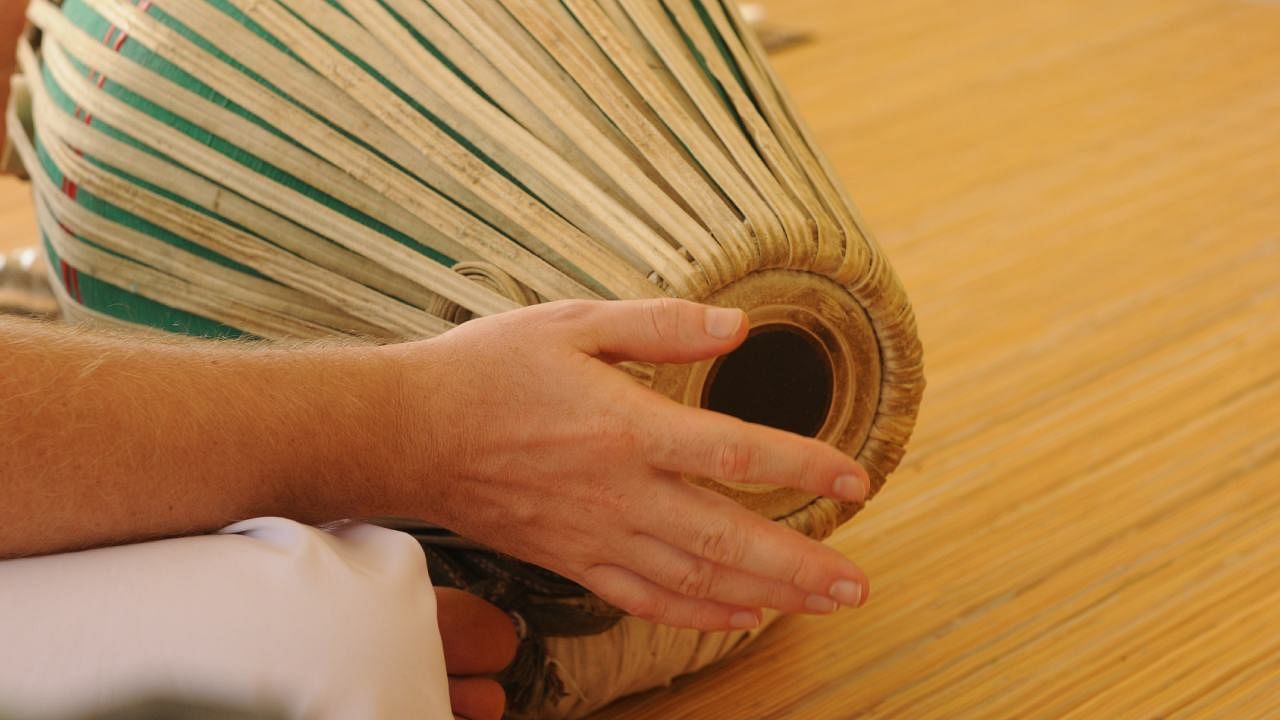
Bengaluru is in the middle of its Carnatic music season. Though not to be compared with the internationally popular Chennai December season, the Ramanavami concerts held all over the city, particularly at the Fort High School grounds, draw huge crowds.
The Chennai December season is an occasion for ladies to flaunt their Conjeevaram silks and jewellery. Bengaluru lacks that grandeur but not the connoisseurs. As soon as the artist launches into the alap, there is an urgent competition among the audience to identify the raga. The know-it-all music aficionado immediately announces it without giving others a chance. Most of the rasikas come armed with a raga ready reckoner, which they obligingly pass around. The idea is that once you identify the raga, you can sit back and enjoy the song!
People who are genuinely into music never take their eyes off the performer. Every musical phrase is greeted with an appreciative nod and a few ahas and sabhash thrown in for good measure. The taala, however complicated, is kept meticulously and often loudly. But there are others who let their eyes roam around. Greetings and pleasantries are exchanged. While some try to solve the day’s sudoku, most of them will be peering into their phones. All this while not forgetting to nod their heads, tap their feet, and clap as if on cue at the end of an alap, swaraprastha, or song!
After the elaborately sung main piece, towards the end of the kutchery, the percussionists get to play the thani avartanam, their moment under the sun. But unfortunately, when this starts, a mass exodus begins. With loud scrapping of chairs, people start trooping out, something that is unthinkable in concert venues abroad. To counter this, some artists encourage the percussionists to play the thani early in the concert. In one kutchery, the vocalist put the mridanga on hold as the entire performing group on stage waited pointedly for the outgoing traffic to clear.
Unmindful of this callousness of the crowd, most percussionists launch into their sawal-jawab enthusiastically, each trying to outdo the other. The climax comes when they all play together, with the ghatam artist throwing his pot in the air. The audience --at least what is left of it--enthusiastically keeping tala for them, erupts into thunderous applause.
As peace descends, those who have stayed behind to listen to the thukkadas, for which request slips have been passed on to the stage, are made to wait a little longer. It is now the turn of one of the organisers to grab the microphone and felicitate the artists.
Sometimes he gets carried away while the audience fidgets and starts clapping in the hope that the speaker will finish soon. With little time left, the artist is allowed to sing just one or two songs, much to the disappointment of the music lovers.